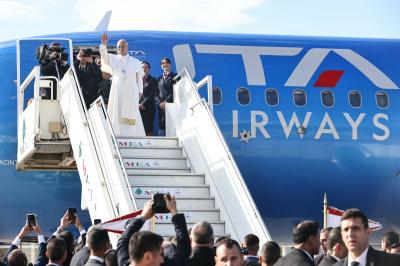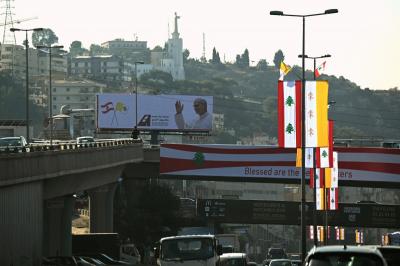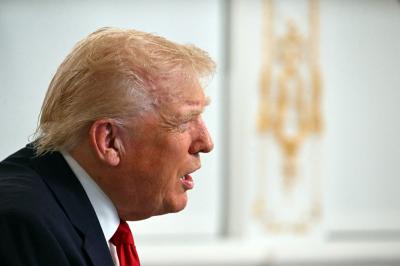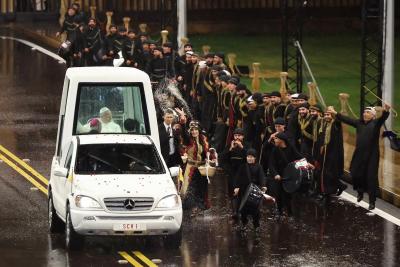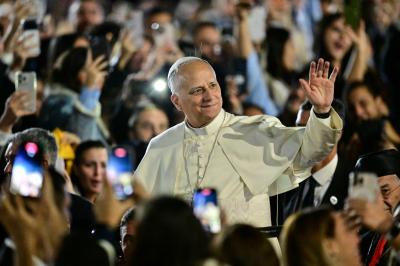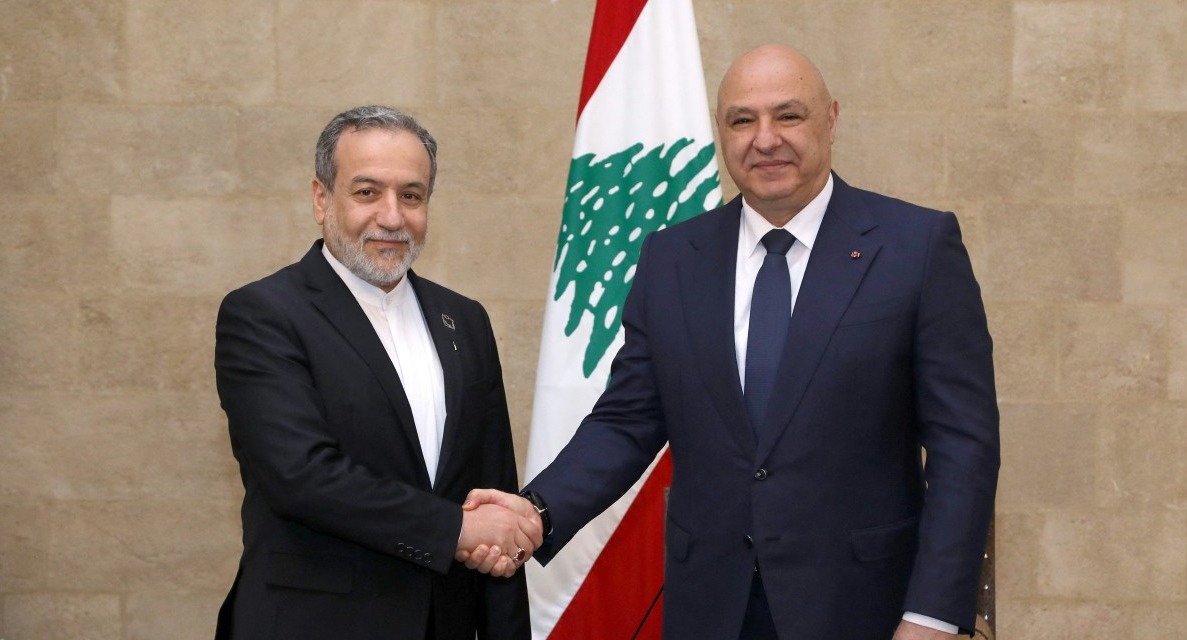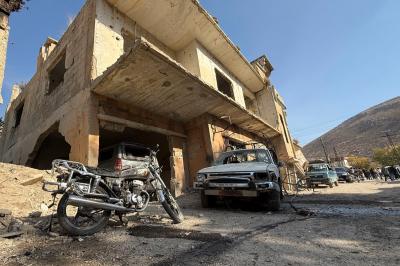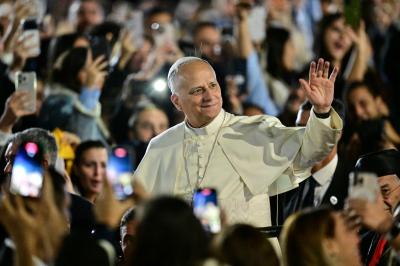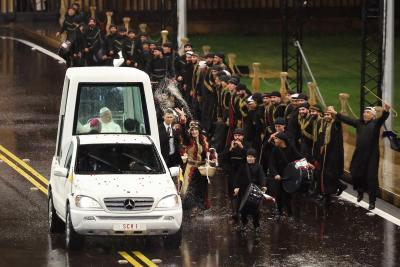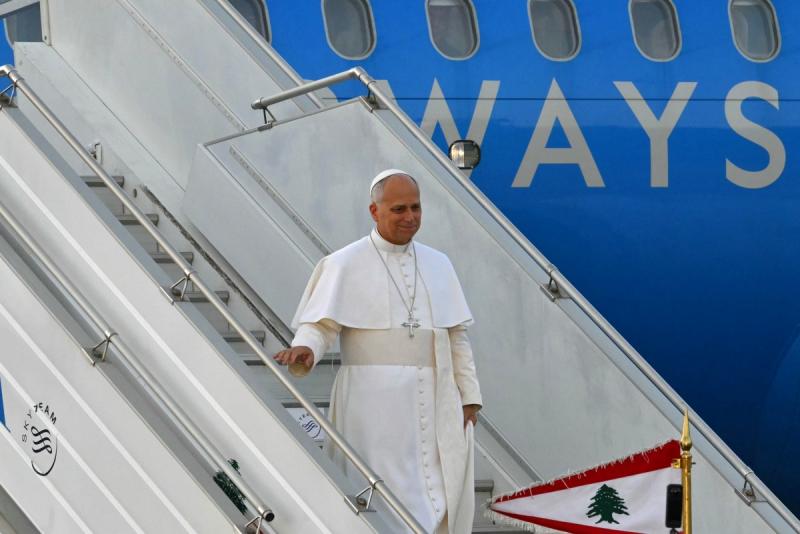For over four decades, the Iranian regime has mastered the art of strategic evasion—dodging sanctions and military strikes by maneuvering through regional and global politics with calculated patience. Domestically, it has relied on an iron grip, while abroad, it has cultivated spider-like proxies woven into the fabric of regional conflict. These "arms" were not incidental but rather a direct extension of Iran’s revolutionary ideology. Ayatollah Khomeini, the Islamic Republic’s founding leader, declared from the outset that Iran’s revolution was not a local affair—it was a model intended to spread across the Islamic world and beyond, combating oppression and establishing a just Islamic order.
Through a blend of ideology and force, Iran managed to expand beyond its Persian borders, asserting itself in the Arab world and establishing footholds in key capitals. Claiming influence over four Arab capitals, including Beirut, and boasting control over seven military forces, among them “Hezbollah”, Iranian officials once bragged that their revolution had reached the shores of the Mediterranean and the gates of Israel.
Among the most prominent examples of this expansion was the founding of “Hezbollah” in 1982 by Iran’s Revolutionary Guards in Baalbek. Lebanon became Iran’s prototype for exporting its revolution and, more precisely, for hollowing out a state from within. Over the years, Tehran treated Beirut less as a sovereign counterpart and more as a platform—an open mailbox for political messages and a staging ground for regional military maneuvering. Rather than engaging the Lebanese state, Iran engaged the state-within-a-state it helped create.
But something shifted on February 23, 2025. During the funeral of “Hezbollah” leaders Hassan Nasrallah and Hashem Safi al-Din, Lebanese President Joseph Aoun delivered a pointed message to the visiting Iranian delegation, led by Speaker Mohammad Bagher Ghalibaf and Deputy Foreign Minister Abbas Araghchi: “Lebanon is tired of fighting other people’s wars on its soil. I agree that countries should refrain from interfering in each other’s internal affairs.”
It was a diplomatic rebuke—and a clear departure from the ambiguity that long defined Lebanon's dealings with Tehran. President Aoun’s stance marked a turning point: no more silent tolerance of Iranian overreach, no more open doors for using southern Lebanon as a message board for regional conflicts.
That message was reinforced days later by Prime Minister Nawaf Salam, who declared to Sky News Arabia on May 26: “The era of exporting the Iranian revolution is over. We will not tolerate any arms outside the state’s control.” In essence, Lebanon had fired a fatal shot at Iran’s regional project—a rejection of its expansionism and a severing of the very arms that once extended its influence across Arab capitals.
Lebanon’s newfound assertiveness translated into real-world consequences. Iranian planes were banned from landing at Beirut International Airport, a sovereign decision Tehran and “Hezbollah” were powerless to reverse. Meanwhile, Foreign Minister Youssef Rajji summoned Iranian Ambassador Mojtaba Amani to protest his criticism of Lebanon’s ongoing discussions to disarm Hezbollah. Amani was reminded of the Vienna Convention and the diplomatic principles of non-interference in sovereign affairs.
It was against this backdrop that Abbas Araghchi arrived in Beirut—a visit steeped in symbolism and political recalibration. Unlike previous trips marked by dominance and dictation, this one unfolded amid shifting regional winds, as Iran grappled with setbacks from Gaza to Damascus and contends with mounting pressure at the negotiation table with the United States. The tactic of opening a southern front with Israel has lost its strategic weight amid the ongoing war. The ground beneath Tehran’s “Axis of Resistance” is shrinking.
From Lebanon’s Foreign Ministry to Baabda Palace, Ain al-Tineh, and the Grand Serail, Araghchi was met with a unified Lebanese message:
- Relations must be state-to-state, based on mutual respect.
- The Lebanese state must exercise full authority over its territory and its armed forces.
- All aid must flow through the Lebanese government and official institutions to support reconstruction and economic recovery.
In return, the Iranian envoy, adhering to Tehran’s new pragmatic tone, emphasized:
- Iran’s readiness to turn a new page in relations based on shared interests.
- Respect for Lebanon’s independence and sovereignty.
- Support for Lebanon’s diplomatic efforts to end Israeli occupation.
- A pledge of non-interference in domestic politics.
- A willingness to assist in reconstruction through the Lebanese government.
Both in form and substance, Araghchi’s visit reveals the magnitude of the regional realignment. It suggests that Iran—sadly—is acknowledging the decline of the “Axis of Resistance” and the expiration of the “Army-People-Resistance” formula that long defined its influence in Lebanon. It’s a tacit admission that the “Unity of Fronts” doctrine, once invoked to project strength, has reached a dead end.
In this context, Araghchi’s trip resembles a legal formality—a symbolic “post mortem” following the death of an era. As new “rules of the game” are drawn in fire and blood from Gaza to Syria, Lebanon and the broader region appear poised to enter a new phase, one where sovereignty, not subservience, defines international partnerships.
Please post your comments on:
comment@alsafanews.com
 Politics
Politics
